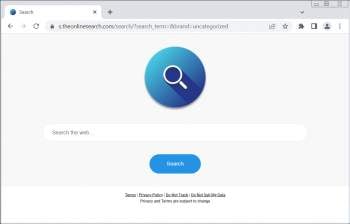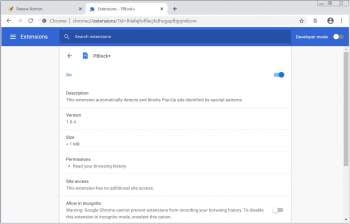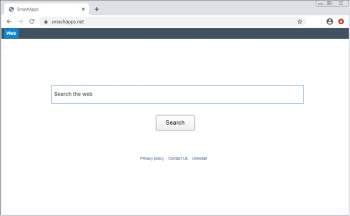-
Fake in-browser Windows updates push Aurora info-stealer malware
A recently spotted malvertising campaign tricked users with an in-browser Windows update simulation to deliver the Aurora information stealing malware.
- May 10, 2023
- 02:23 PM
 1
1
-
New 'Zombinder' platform binds Android malware with legitimate apps
A darknet platform dubbed 'Zombinder' allows threat actors to bind malware to legitimate Android apps, causing victims to infect themselves while still having the full functionality of the original app to evade suspicion.
- December 08, 2022
- 05:00 AM
 2
2
-
Aurora infostealer malware increasingly adopted by cybergangs
Cybercriminals are increasingly turning to a new Go-based information stealer named 'Aurora' to steal sensitive information from browsers and cryptocurrency apps, exfiltrate data directly from disks, and load additional payloads.
- November 21, 2022
- 06:09 PM
 1
1
-
The Week in Ransomware - August 16th 2019 - Fairly Slow
Been a pretty slow week with mostly new variants of existing ransomware being released. The most interesting story was researchers at Check Point being able to install ransomware on a Canon DSLR camera.
- August 16, 2019
- 06:43 PM
 1
1
-
How to Decrypt the Aurora Ransomware with AuroraDecrypter
If you have been infected with a Aurora Ransomware variant, then you are in luck as a program called AuroraDecrypter has been created by Michael Gillespie that allows you recover your encryption key without having to pay the ransom.
- January 04, 2019
- 11:35 AM
 1
1
-
Aurora / Zorro Ransomware Actively Being Distributed
A ransomware that has been distributed since the summer of 2018 has started to pick up steam in the latest variant. This new variant is currently being called Zorro Ransomware, but has also been called Aurora Ransomware in the past.
- November 22, 2018
- 12:35 PM
 8
8
-
AZORult Trojan Serving Aurora Ransomware by MalActor Oktropys
Towards the end of July 2018, we saw a new version of the AZORult trojan being used in malware campaigns targeting computers globally. In this article, we will dive into the malware and analyze its execution flow and payloads.
- August 18, 2018
- 03:45 AM
 1
1













